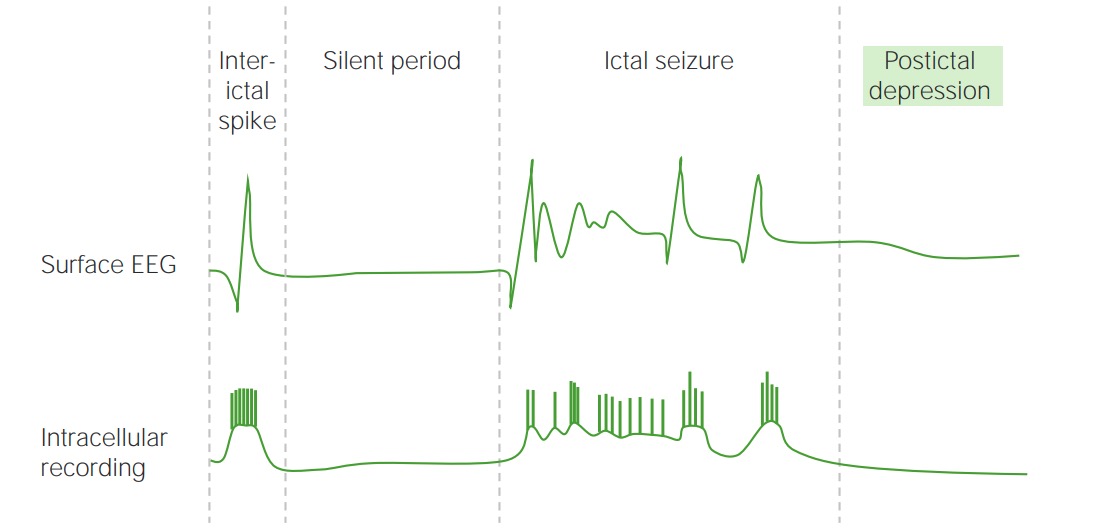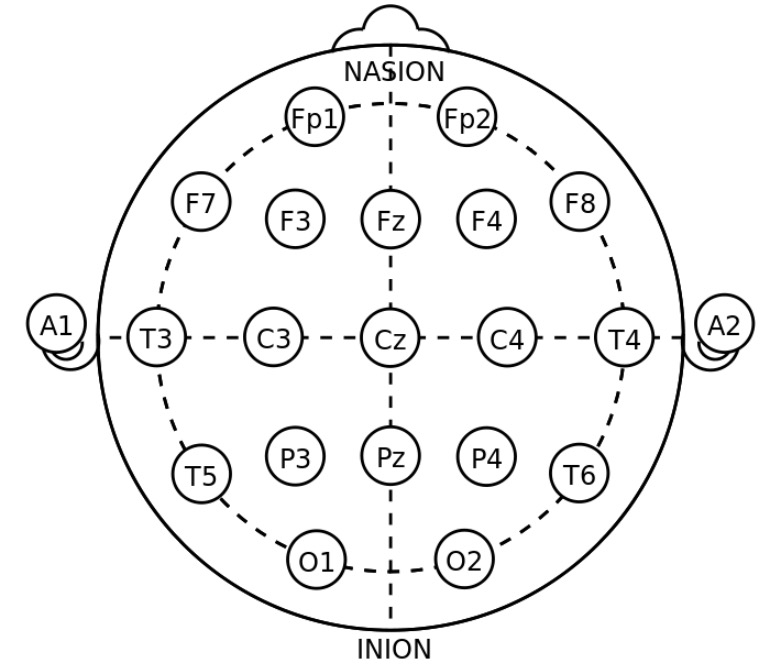Playlist
Show Playlist
Hide Playlist
Seizure: Examination
-
Emergency Medicine Bord Seizure.pdf
-
Download Lecture Overview
00:01 Now a clinical pearl here, so if you have a headache onset which precedes the seizure activity, so which comes before the seizure activity, maybe indicative of an intracranial bleed. 00:11 So if someone tells you that they had a headache that started just before they had a seizure, you wanna go ahead and start thinking about that. 00:18 You know, there’s certain other things that can clue you in. 00:20 Hypertension, so elevated blood pressure and bradycardia, a low heart rate can further support this and this is known as Cushing’s triad. 00:29 The third part of Cushing’s triad being an irregular respiratory rate which can be a little bit harder to ascertain. 00:35 But definitely the vital signs of an elevated blood pressure and a low heart rate can pull you in that direction. 00:41 When in doubt, for those patients getting a head CT scan is the right way to go. 00:45 So if you suspected due to the history or the vital signs, go ahead and get a CT. 00:50 On a physical exam, first and foremost, you wanna focus on those vital signs. 00:56 Does the patient have a temperature? A temperature may be common shortly after the patient has a seizure due to that increased autonomal activity. 01:05 However, persistent fever, so if the patient's temperature stays elevated, that may indicate an infection. 01:12 Another important vital sign to look at is hypoxia, especially during a seizure event. 01:19 So during the seizure itself did the patient become hypoxic. 01:23 You wanna make sure during the seizure that you put your patient on oxygen and that you monitor their oxygen levels to look for hypoxia because a patient can become very critically hypoxic, and in those situations, you need to go ahead and you need to potentially intubate that patient, and you need to get them on a ventilator and give them respiratory support. 01:44 What is their mental status? Is there concern for persistent seizures? So sometimes patients can have what we call subclinical seizures. 01:52 In those situations, you wanna make sure you open up their eyes and you look for eye deviation. 01:56 Eyes deviated to one side or the other can indicate that that patient is having persistent seizure activity. 02:03 So sometimes the initial seizure may look very dramatic. 02:05 The patient maybe shaking all over, as that activity stops and you've given some medication, the patient can still have underlying seizure activity, and again, that can be very bad for the brain tissues. 02:18 So you wanna make sure that you’re evaluating and seeing if your patient is still having seizure activity. 02:23 You wanna open the mouth, look in the mouth for any evidence of trauma, and look at the tongue, see if there's any bleeding in that area. 02:31 Then you wanna look for head trauma and this is potentially, a period of head trauma may lead to bleeding which may lead to seizure or possibly, it’s possible that the patient experienced head trauma during the seizure event. 02:46 So if they're not in a safe place, or they’re seizing on the floor, they may bang their head on some furniture, or on some other thing. 02:53 So you wanna make sure you're looking at them all over, or looking at their head making sure there is no head trauma there. 03:00 Now, a clinical pearl here again, is that patients with shoulder pain, so sometimes your patient may come in, and they may also be reporting that they had concern for a seizure. 03:11 And they’re also having pain in their shoulder. 03:13 And you might be wondering how those two things are related. 03:16 Patients who have shoulder pain following a seizure may have a posterior shoulder dislocation. 03:21 The most common kind of shoulder dislocation is an anterior shoulder dislocation but in seizures due to the motor activity and the muscle spasm, it’s actually a posterior dislocation. 03:31 So the joint goes backwards as supposed to the dislocation going forwards. 03:35 So you wanna definitely take that complaint seriously. 03:38 And you wanna get an x-ray, if someone complains of shoulder pain following a seizure, because they very well may have a posterior shoulder dislocation.
About the Lecture
The lecture Seizure: Examination by Sharon Bord, MD is from the course Neurologic and Psychiatric Emergencies.
Included Quiz Questions
Which of the following options shows the correct components of Cushing's triad?
- Increased blood pressure, irregular breathing, and bradycardia
- Increased blood pressure, irregular breathing, and tachycardia
- Decreased blood pressure, irregular breathing, and bradycardia
- Decreased blood pressure, irregular breathing, and tachycardia
- Decreased blood pressure, myosis, and tachycardia
Which of the following is most likely in a patient with a recent generalized tonic-clonic seizure and unilateral shoulder pain?
- Posterior dislocation of the shoulder
- Anterior dislocation of the shoulder
- Acromial fracture
- Clavicular fracture
- Rotator cuff injury
Customer reviews
5,0 of 5 stars
| 5 Stars |
|
5 |
| 4 Stars |
|
0 |
| 3 Stars |
|
0 |
| 2 Stars |
|
0 |
| 1 Star |
|
0 |





